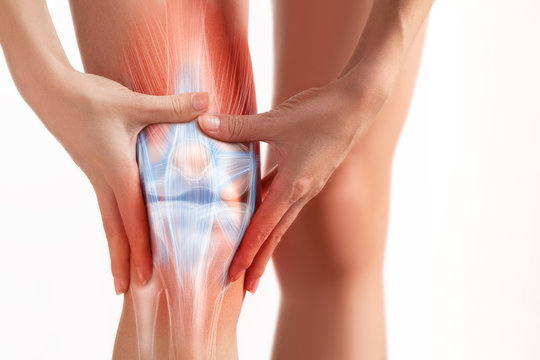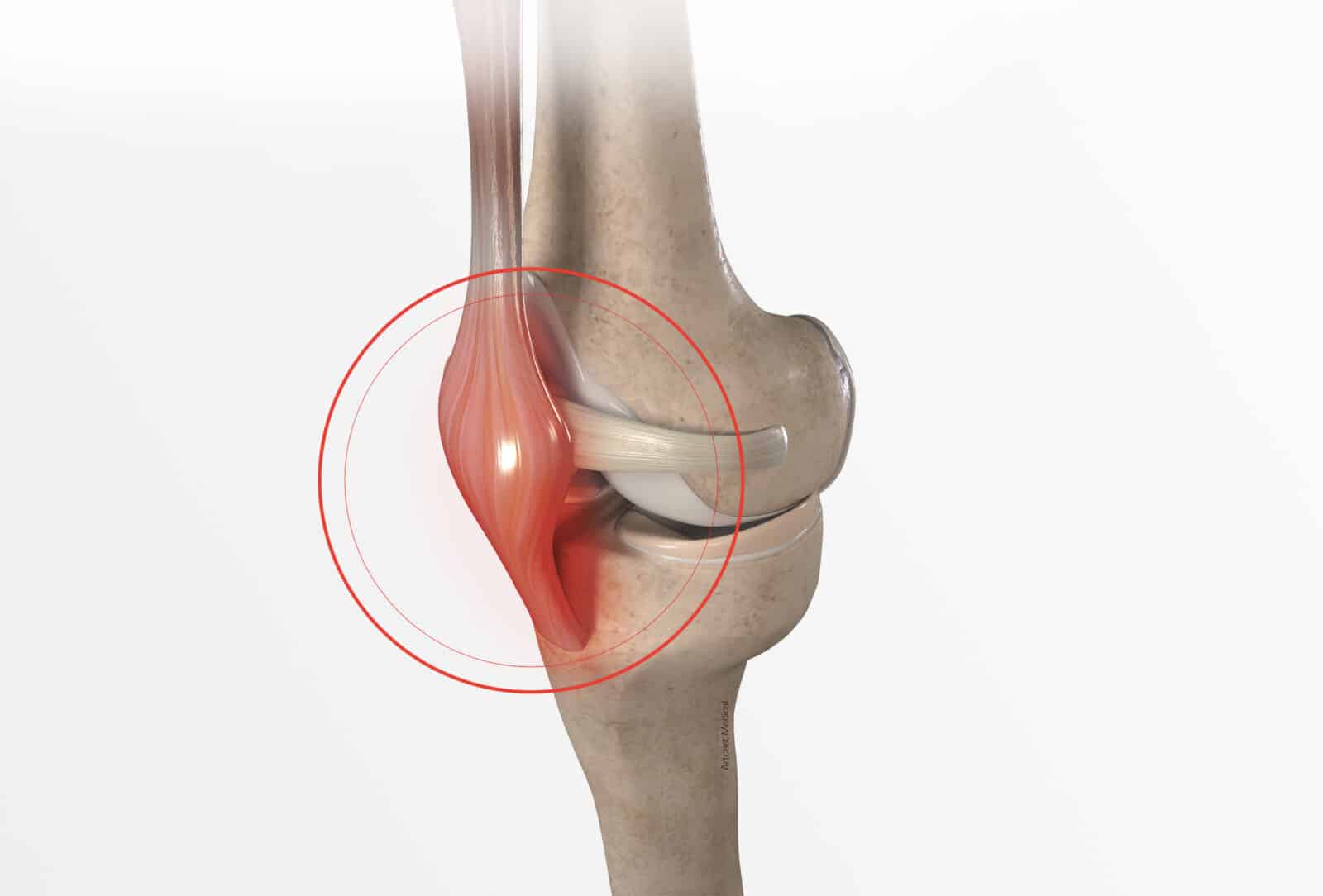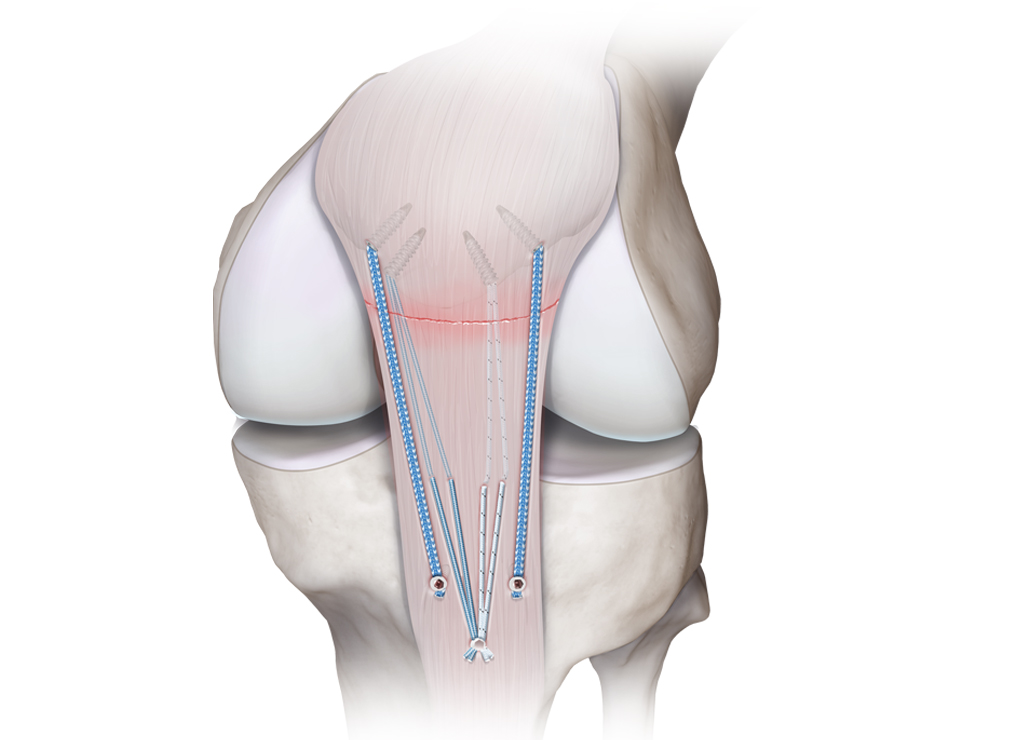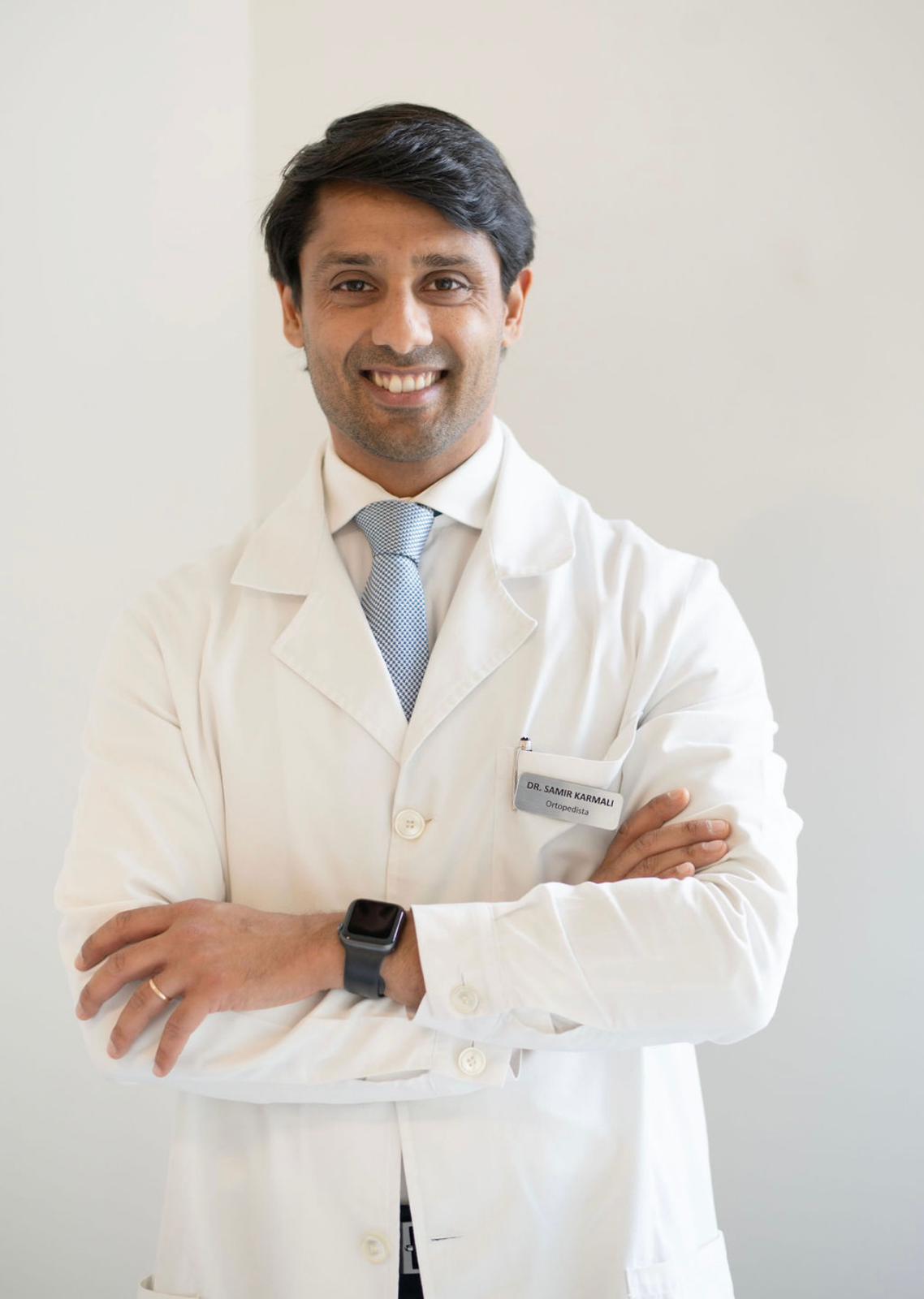- drsamirkarmali@gmail.com
Athlete injuries: Quadriceps tendon rupture and patellar tendon rupture; knee tendinopathies

Tendons are fibrous structures responsible for connecting muscles to bones and transmitting the force generated by muscle contraction. Tendon injuries can occur due to various factors, such as overload, acute trauma, repetitive movements, or age-related degeneration.

Tendinopathies (or tendon diseases) can occur on the patella and/or quadriceps tendon, as well as the insertion of the hamstring tendons in the anserine region of the tibia – also known as the pes anserinus – are common.
Generally, knee tendinopathies present with inflammatory phenomena in the pouches between bones and tendons (which prevent friction between them), known as bursitis.
The treatment should ensure a rapid resolution of inflammation, aiming to minimize progression to chronicity and ensure adequate rehabilitation to lessen their impact on sports activities. Thus, in most cases, the initial approach is conservative, which may include rest, ice application, the use of anti-inflammatory medications, physical therapy, and activity modification. In some cases, the use of specific physical therapy techniques, such as strengthening and stretching exercises, may be recommended to promote tendon healing and relieve symptoms.
In cases where conservative measures do not provide adequate pain relief or when there is a complete tendon rupture, surgical intervention may be necessary. Tendon surgery may involve repairing the damaged tendon, removing degenerated tissue, or reconstructing the tendon using grafts or reinforcement techniques.
Quadriceps tendon

The quadriceps tendon is a strong structure that connects the quadriceps muscles, located at the front of the thigh, to the kneecap (patella). This tendon is crucial for knee extension, allowing actions such as jumping, running, and rising from a squatting position.

Patellar tendon

The patellar tendon connects the kneecap to the tibia and plays an essential role in knee extension by transmitting force from the quadriceps muscle to the leg. It is essential for movements such as jumping and running.

Ruptures of the quadriceps tendon and patellar tendon usually occur due to direct trauma, overuse injuries with progressive weakening of the tendon (tendinopathy), and acceleration/deceleration movements with sudden contraction of the muscle against resistance, resulting in excessive tension on the tendon. There is usually sudden, intense pain in the front of the knee, swelling, and an inability to extend the knee or keep the leg straight. Treatment may vary depending on the severity of the injury. The non-operative strategy involves rest, ice, compression, and elevation, followed by physiotherapy. In most cases of complete rupture, surgery is necessary to repair the tendon.
Prevention of quadriceps and patellar tendon injuries involves adequate warm-up (prior to starting sport activities), muscle strengthening, and regular stretching. These injuries, although serious and disabling, can be successfully treated, allowing the athlete to resume their sports activities. Prevention, early recognition of symptoms, and seeking specialized medical assistance are paramount to the appropriate approach to tendon pathologies.
It is important to emphasize that the treatment of tendon injuries must be individualized, taking into account the severity of the injury, location, patient’s age, level of physical activity, and other factors.
Do you have any questions?
Dr. Samir Karmali provides a detailed assessment and a personalized treatment plan for his patients with knee injuries or pain, aiming for recovery and a return to physical activity. If you want to know more about the available treatment options, do not hesitate to get in touch to schedule a appointment.
Schedule an appointment
Do you want to know more?
I am Dr. Samir Karmali, an orthopedic doctor and knee specialist surgeon. If you have any questions about your knee injury and the most suitable treatment options for you, I am available to help. Fill out the form or send an email to drsamirkarmali@gmail.com. My goal is to clarify your doubts with professional guidance tailored to your specific situation. It will be a pleasure for me, after evaluating your clinical case, to offer you the most appropriate treatment to restore the health of your knee.

Make your appointment
Make your appointment online quickly and conveniently through our website or available contacts.